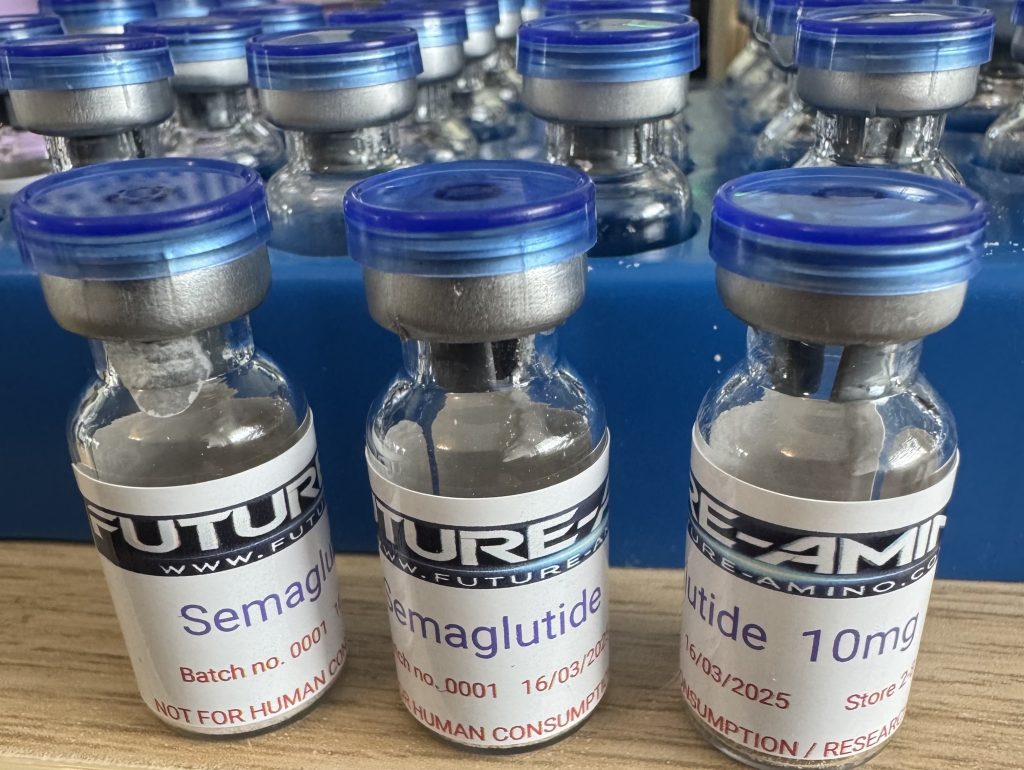Real World Guide to PEDs, Peptides & Performance: What the Forums Are Really Saying
When it comes to performance-enhancing drugs (PEDs) and peptides, you won’t find the full truth in marketing hype or half-baked YouTube reviews. You’ll find it in forums.
Places like Meso and UK Muscle have become go-to sources for real user experiences — raw, unfiltered, and brutally honest. From GLP-1s to SARMs to old-school cycles, the best education often starts where the users talk freely.
So what are they saying? And what does the science say behind it?
What the Forums Reveal
Across platforms like Meso and UK Muscle, peptides like Semaglutide, Tirzepatide, and 5-Amino-1MQ are now being discussed alongside traditional steroids and fat burners.
Users are:
- Comparing fat loss results with GLP-1s vs clen or ephedrine
- Sharing side effects, from nausea to strength loss
- Debating muscle preservation during rapid weight drops
- Posting full cycle logs with bloods, pics, and timelines
👉 These aren't influencers. They’re users documenting real-life results — often more reliable than commercial reviews.
Examples:
The Clinical Backing
User experiences can be powerful — but you still need data. Let’s look at what the research confirms.
- Semaglutide (Ozempic / Wegovy) resulted in 14–17% average bodyweight loss in clinical trials.
- Tirzepatide outperformed it in newer trials, with up to 22.5% fat loss in obese adults.
- These effects are amplified when paired with high-protein diets and resistance training.
Key Study Links:
But here’s the problem — most people don’t train or eat properly while on them. That’s where the results (and the forums) split.
Where People Go Wrong
The biggest issues reported on forums? Not the drugs — the user habits.
Common mistakes:
- Using GLP-1s with no protein intake
- Doing zero resistance training
- Expecting miracles in 4 weeks
- Ignoring water, electrolytes, and hormone balance
These compounds can work incredibly well — but only if you respect the process.
Want to Use Them Properly?
Here’s what real users are doing to actually maintain muscle and drop fat:
- GLP-1 use + protein intake 2g/kg
- Resistance training 3–4x weekly
- Hydration + electrolyte support
- Monitoring bloods if using long-term
Check our top research-backed products:
Final Word
The forums are filled with gold — but also noise. Your job? Take the best of both worlds: real-life feedback + real research.
Read, think, apply — and never follow hype blindly.
Real World Guide
Frequently Asked Questions Real World Guide
What’s the difference between Tirzepatide and Semaglutide?
Tirzepatide is a dual GIP and GLP-1 receptor agonist, while Semaglutide targets only the GLP-1 receptor. This gives Tirzepatide a broader range of metabolic effects in research studies.
Which is better for weight-related research?
Studies suggest both peptides show promise for appetite regulation and weight management. However, Tirzepatide’s dual action may lead to more significant fat loss in some models. The best choice depends on your research focus.
Can I buy Tirzepatide or Semaglutide in the UK?
Yes — for research use only. Both peptides are available from trusted UK suppliers like Future Amino, but they are not approved for human consumption and must be used responsibly under research conditions.
In the real world, most people don’t have time to dig through clinical data or decipher medical jargon. That’s why a clear, honest peptide guide matters. Whether you’re researching semaglutide, tirzepatide, BPC-157 or TB-500, you need straight answers — not sales fluff. Understanding where these compounds come from, how they’re handled, and why purity matters is the foundation of any good research. Too many sources online offer vague claims with no evidence. This guide aims to cut through the noise and show you what matters when choosing peptides for UK-based research, without the usual marketing nonsense. Real World Guide is here to educate.

For more on the science behind GLP-1 receptor agonists, see this peer-reviewed study on Semaglutide mechanisms.